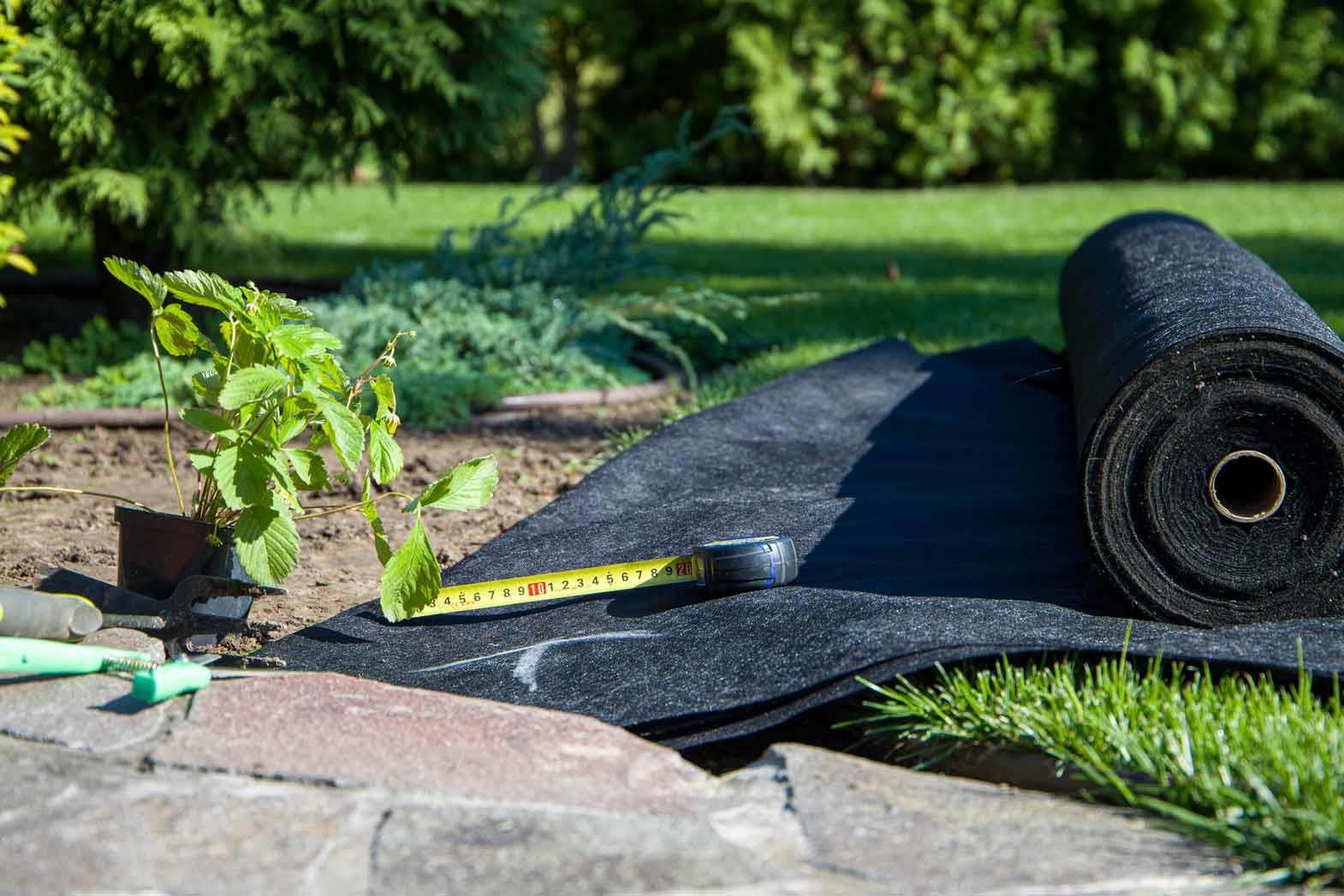The market comprising of geotextiles is a major dominatinggroup within the global geosynthetics industry and it has shown a promisinggrowth. Today no less than 70 per cent of all geotextile fabrics fall into the categoryof nonwoven geotextile and minimum 25 per cent woven (both warp knitted andweft knitted) structures are used in the manufacture of geotextiles. However,the knitted geotextiles form a small part of the global geotextiles industry.
With recent growth patterns in the developing countries,demand for all kinds of geotextiles including the knitted textile, has been onrise. There is a drastic usage of knitted geotextiles in civil engineeringapplications in various parts of the world. The Asian geotextiles market isexpected to have the largest demand for various types of geotextiles in thecoming years with China leading the regional claim. In terms of knittedgeotextile, the demand will rise as these are lighter than the wovengeotextiles, which ensures that the handling is easier and the cost oftransportation is also less.
The benefits of knitted geotextiles have resulted in gooddemand of the material. The result of this rise can also be attributed to thelarge scale infrastructural projects in the Asian subcontinent. The other majorconsumers of knitted and other geotextiles are European and North Americanmarkets. These markets are huge in terms of volume and are having averagegrowth rate in comparison to the Asian continent. The demand is also fairlyhigh in Germany, the Netherlands, Russia and India. In India, the growinggeotextiles market has a value of nearly $ 66 million. The predicted annualgrowth is 12 percent, and in long-term, it will increase to 20 percent, withfurther development of the country's infrastructure.
The analysts have also forecast that the global geotextiles market would grow at a Compound Annual Growth Rate (CAGR) of 8.6 percent till 2018. Also the worldwide demand for various types of geotextiles is expected to rise by nearly 9 percent per year to 5.3 billion square meters in 2017.
In the recent developments, the global geotextiles market has witnessed an increased use of natural geotextiles. But, the mounting raw material prices might pose a threat to the growth of this particular market. Another factor that is likely to pose a hindrance in knitted geotextile's growth is the difference between the old customers and the new ones. In order to register impressive success in this market segment, the manufacturers need to hone their know-how regarding the market and also perk up the communication efforts with existing and probable customers.
Most of the global players in the geotextile sector have noticed that there is visible difference between the today's customer and customers of a decade ago. Most of the new customers completely rely on knowledge and experience of the manufacturers. This means in order to excel in the geotextile sector exact knowledge of the markets, requirements and possible applications is a must. Also, product requirements and the number of innovations are continually increasing, which makes the markets highly competitive.
With a view to ensure that the knitted geotextile sector registers growth, various infrastructural programmes are being undertaken mainly in emerging markets. Particularly in emerging countries such as Brazil, India, China and Russia, demand is ruled by the development of dams, rivers, rising mobilization, improved public transport facilities including new airports and increase in need of several civil engineering works. One of the biggest benefits of using knitted geotextiles is that it significantly reduces costs and considerably extends the life of any construction.
Knitted geotextiles have flexibility, making them better and more economical than any other material. With the emergence of knitted and composite fabrics the efforts to improvise construction have significantly enhanced. Today better physical properties are attained by using more than one fabric and by utilizing the best features of each fabric.
The combined properties of fabrics can yield better results. This has also led to increased usage of knitted geotextiles. In the preceding year the use of knitted geotextile in drainage works was reported to be between 12 percent and 16 percent whereas in erosion control it was between 18 percent and 22 percent. The global demand for knitted geotextile was 8.8 percent in the preceding year.
The manufacturers are also carrying out research works to ensure that improved geotextiles are being produced with each passing year. As a matter of fact, research in use of recycled raw materials in the manufacturing process of knitted geotextiles is also in progress in various parts of the world. The well-known market players in the technical textile are acquiring smaller firms to increase market shares and improve global presence. These trends are helping geotextiles develop into a must-have for almost any major construction project.
References:
1. Marketsandmarkets.com
2. Textileworld.com
3. Tex.tuiasi.ro
4. Technavio.com
Image Courtesy:
1. Africanbusinessreview.co.za
2. Nonwovens-industry.com








Comments